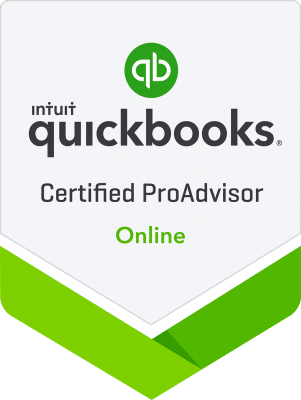When forming your small business, choosing its legal structure is among the most important decisions you will need to make. Many types of business entities exist, each with its own pros and cons. While deciding on the best business structure can be daunting, it isn’t something that should be entered into without careful forethought. The legal structure you select will shape your journey as a business owner, affecting everything from your liability to the control over your company, so it shouldn’t be taken lightly. Conducting plenty of research and getting to know the ins and outs of each type of entity will enable you to choose the best one for your startup. The key is to figure out which legal structure will be the most advantageous in achieving your organizational and financial goals.
Let’s start by taking a look at the most common types of business structures:
- Sole proprietorship: In this simplest type of business entity, one person is responsible for all of the company’s profits and debts. Becoming a sole proprietor might be the right choice if you’re going into small business ownership by yourself and want a simple business structure that allows you to be in complete control. Although you can enjoy pass-through taxation, this type of entity does not offer the separation or protection of personal and professional assets. Down the line, assuming your business is successful, this lack of protection could become an issue.
- Partnership: This entity is owned by two or more individuals. A partnership allows the partners to share profits and losses and make decisions together within the business structure. In general partnerships, everything is shared. In limited partnerships, one partner has control of its operation, while the other person contributes to it and receives a part of the profit in return. It’s important to keep in mind that, in this type of business structure, you will be held liable for the actions you make, as well as those of your business partner.
- Limited liability company (LLC): In this hybrid structure, owners, partners or shareholders can limit their personal liabilities while enjoying the tax and flexibility benefits of a partnership. Members are protected from personal liability for the debts of the business as long as it cannot be proven that they have acted in an illegal, unethical or irresponsible manner. This type of business entity offers more protections and separations to businesses than sole proprietorships do. Personal assets and company assets are separated, and profits and losses are not taxed at the corporate level.
- Corporation: Legally, a corporation is regarded as a separate entity separate from its owners. With its own legal rights, a corporation can sue, be sued, own and sell property, and sell the rights of ownership in the form of stocks. Under this structure, you can enjoy limited liability protection, but you are also subject to more complicated tax, filing, and management requirements.
- S Corporation: The S Corporation is a subtype of the corporation structure. It allows a C corporation to elect to be taxed as a partnership, with all business income taxed at the owner (shareholder) level at the tax rate for individuals. This avoids the double taxation that corporations typically face.
As you can see, there’s a lot to consider when choosing a form of business. Asking yourself the following questions can help you further hone in on the best company structure for your needs:
- How important is it to limit your liability? Depending on the ownership structure you choose, your personal assets could be at risk if your business can’t pay its debts. To protect yourself and your personal assets, you might consider choosing a business structure that offers limited liability. This prevents your personal assets (e.g., car, house) from being on the line. LLCs, corporations, and S corporations offer limited liability. Limited partners in limited partnerships also enjoy partial liability protection. Sole proprietorships and general partners in partnerships have no liability protection.
- What’s the best structure for your tax responsibilities? The type of structure you form impacts how you’re taxed and what tax returns you file. As a small business owner, you are responsible for paying taxes on business income. Sole proprietors, partners, LLC members, and S corporation shareholders enjoy pass-through taxation, meaning that the tax ability passes through your business, and you pay taxes at the personal level. Because regular corporations are considered separate legal entities, owners typically owe personal taxes as well as corporate income taxes.
- What level of control do you want? Sole proprietors and single-member LLCs have complete control over how their businesses are run. The general partner in a limited partnership might also have complete control. In other businesses structures, you will need to share control with other partners, members, or shareholders.
While we hope the information presented in this article is helpful, it’s not a substitute for the important legal and tax guidance a qualified attorney and accountant can provide. There’s far too much at stake, so make sure you’re aware of all the pros and cons of each option. Are you ready to get the guidance you need to establish your small business structure? Balancing Act can help! Contact Mary Jo to arrange a consultation at your convenience.


